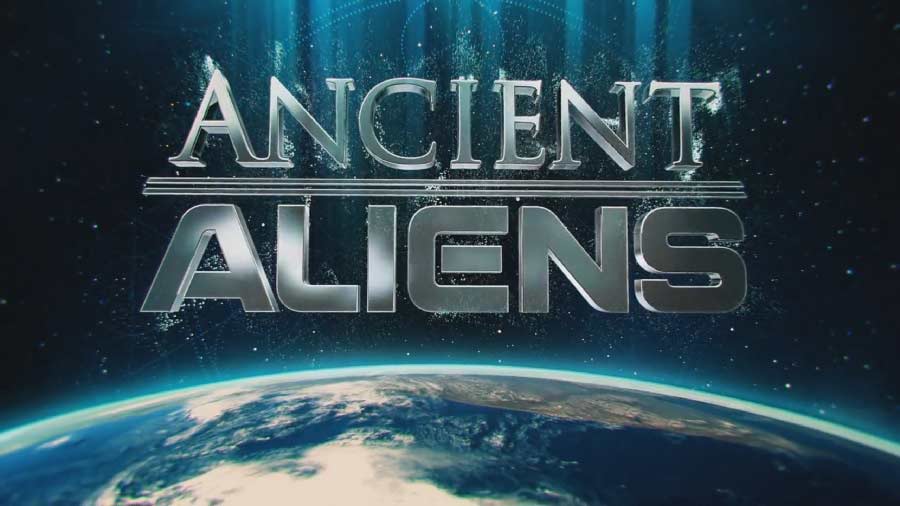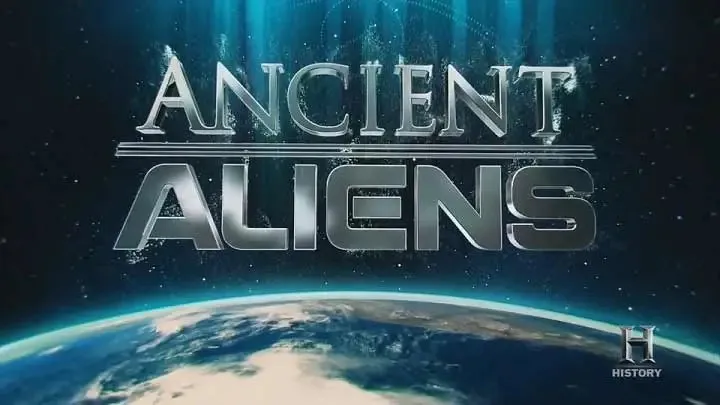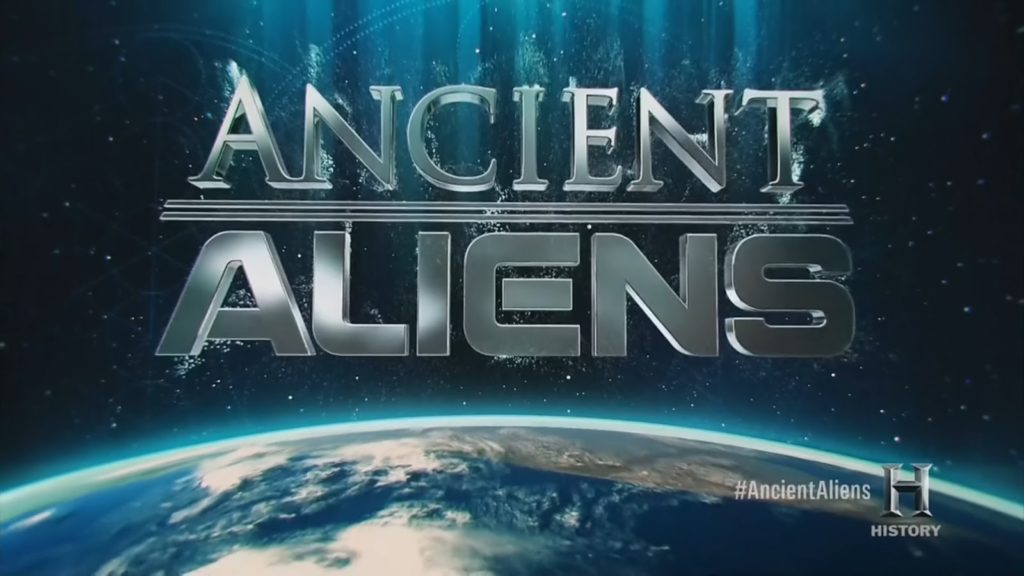Ancient Aliens – Mysterious Relics: Sacred bones… Golden hats… And fragments of sacred objects thought to possess healing properties. All around the world, archaeologists have uncovered mysterious relics revered by ancient cultures for thousands of years. Now on display in museums, temples and churches, millions of people travel great distances just to be in their presence. What is it about these ancient objects that draws people to them? Could the truth of mankind’s origins be found in the fabric, metal, stone and bones of our distant past? And could these mysterious relics really provide us with the ability to access divine or otherworldly power?
Ancient emperors, kings, and pharaohs were often attributed with otherworldly strength, ability, and wisdom; many were even considered gods by the people they ruled. Who were these exceptional leaders, and how did some accomplish so much in their time? Ancient Astronaut theorists believe that these great rulers throughout history were “chosen” and guided by extraterrestrials. Is it possible that the world’s legendary leaders might have shared a common genetic trait? A so-called, “leadership gene”? And might this gene have been–not a product of genetic evolution–but inherited by mankind from some otherworldly source?
Ancient Aliens – Mysterious Relics
The Shroud of Turin, also called the Turin Shroud, is a length of linen cloth bearing the negative image of a man. Some claim the image depicts Jesus of Nazareth and the fabric is the burial shroud in which he was wrapped after crucifixion. The existence of the shroud was first securely attested in 1389 or 1390 when a local bishop wrote that an unnamed artist had confessed that it was a forgery. Radiocarbon dating of a sample of the fabric is consistent with this date of origin.
The artifact is kept in the Cathedral of Turin, which is located next to a complex of buildings composed of the Royal Palace of Turin, the Chapel of the Holy Shroud (located inside the Royal Palace and formerly connected to the Cathedral), and the Palazzo Chiablese in Turin, Piedmont, northern Italy.
The Catholic Church has neither formally endorsed nor rejected the shroud, but in 1958 Pope Pius XII approved of the image in association with the devotion to the Holy Face of Jesus. Pope John Paul II called the Shroud “a mirror of the Gospel”. Other Christian denominations, such as Anglicans and Methodists, have also shown devotion to the Shroud of Turin. Diverse arguments have been made in scientific and popular publications claiming to prove, contrary to the scientific consensus, that the cloth is the authentic burial shroud of Jesus, based on disciplines ranging from chemistry to biology and medical forensics to optical image analysis.




